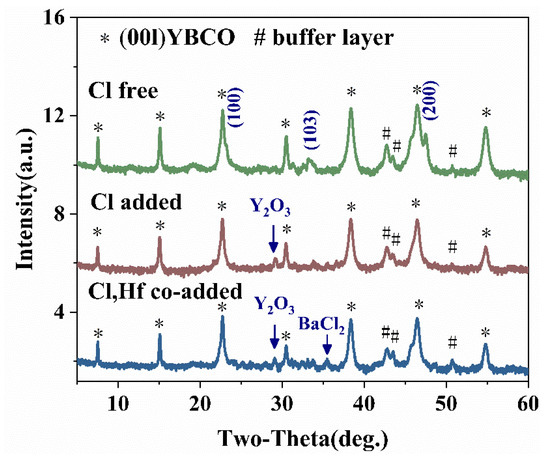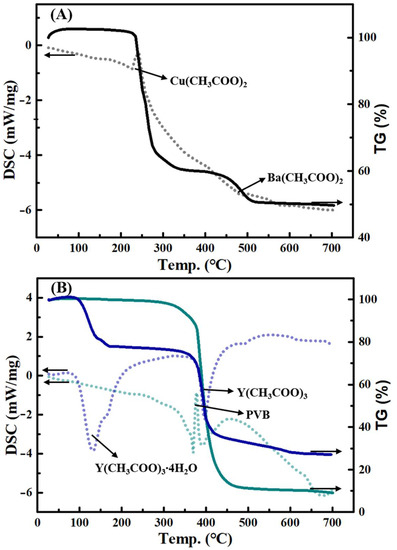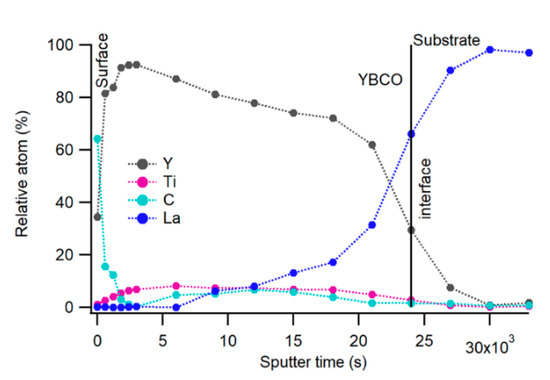Research on REBCO Films and Conductors
A topical collection in Crystals (ISSN 2073-4352).
Viewed by 4721Editors
Interests: superconductivity; thin films; REBCO; nanocomposites
Special Issues, Collections and Topics in MDPI journals
Interests: material characterization; materials; thin films; solid state physics; thin films and nanotechnology; condensed matter physics; nanomaterials; metals; nanotechnology; materials science
Interests: transmission electron microscope; nanoparticles; thin film; nanocomposite; material; scanning electron microscope; x-ray diffraction; superconductor; ferroelectric; opto-electronic; electronic; nucleation and growth
Topical Collection Information
Dear Colleagues,
In recent years, REBa2Cu3O7−δ (REBCO) films have attracted much interest in the field of applied superconductivity. As base materials of second-generation (2G) high-Tc superconducting tapes and coated conductors (CCs), the improvement of their performance is essential for the large-scale use of the CCs in multiple applications, such as high-field magnets, motors, generators, and fault–current limiters. Nevertheless, the proliferation of CCs not only depends on their performance but also on their price. Therefore, the efforts of most researchers in the field are devoted to decreasing the cost/performance ratio, i.e., decreasing the fabrication costs and increasing the performances of CCs. Although in the past, most of the studies about the preparation of REBCO thin films were carried out by in situ techniques such as metal–organic chemical vapor deposition (MOCVD), pulsed laser deposition (PLD), or sputtering, chemical methods have appeared in recent years as an attractive alternative to the previous techniques. Versatile and scalable chemical methods, of which chemical solution deposition (CSD) is the most relevant, have proven to be useful for improving the performance of films, while the production cost is drastically reduced. However, even today, there is much room for improvement in both types of technique. New advances that allow for improvements in the quality of the films or that help to decrease fabrication costs are required to further spread the use of the CCs, and this Special Issue of Crystals aims to collect papers reporting on such new ideas and methods.
Dr. Pablo Cayado
Dr. Jens Hänisch
Dr. Hannes Rijckaert
Guest Editors
Manuscript Submission Information
Manuscripts should be submitted online at www.mdpi.com by registering and logging in to this website. Once you are registered, click here to go to the submission form. Manuscripts can be submitted until the deadline. All submissions that pass pre-check are peer-reviewed. Accepted papers will be published continuously in the journal (as soon as accepted) and will be listed together on the collection website. Research articles, review articles as well as short communications are invited. For planned papers, a title and short abstract (about 100 words) can be sent to the Editorial Office for announcement on this website.
Submitted manuscripts should not have been published previously, nor be under consideration for publication elsewhere (except conference proceedings papers). All manuscripts are thoroughly refereed through a single-blind peer-review process. A guide for authors and other relevant information for submission of manuscripts is available on the Instructions for Authors page. Crystals is an international peer-reviewed open access monthly journal published by MDPI.
Please visit the Instructions for Authors page before submitting a manuscript. The Article Processing Charge (APC) for publication in this open access journal is 2600 CHF (Swiss Francs). Submitted papers should be well formatted and use good English. Authors may use MDPI's English editing service prior to publication or during author revisions.
Keywords
- thin films
- superconductor
- REBCO compounds
- sol–gel
- chemical solution deposition (CSD)
- nanoparticles
- pinning
- nanocomposites
- transport properties
- magnetic properties.










